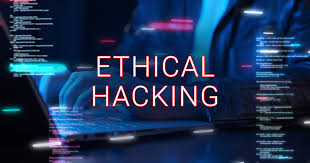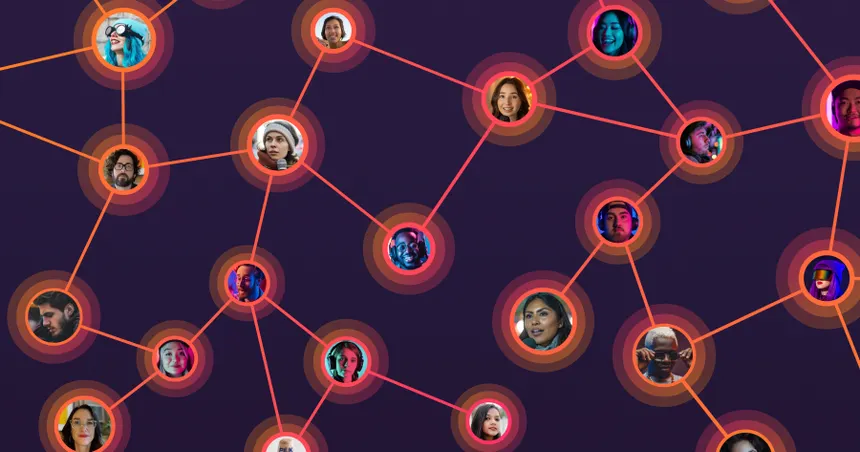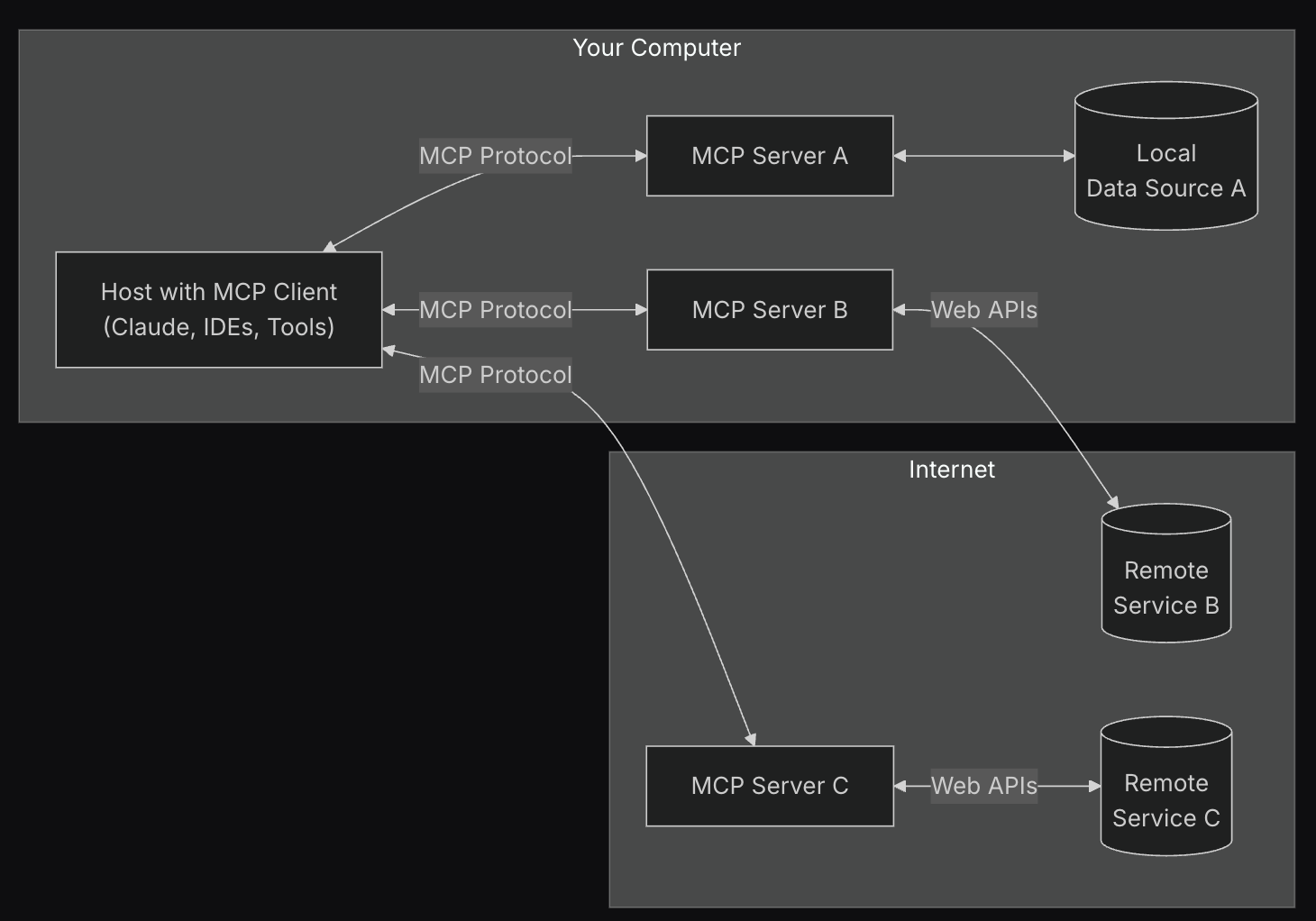
Ethical hacking is a critical component of modern cybersecurity, serving as a proactive measure to identify vulnerabilities and strengthen defenses against malicious attacks. It involves simulating the techniques and strategies of attackers to uncover weaknesses in systems, networks, and applications, but with the explicit permission of the organization being tested. This lesson will delve into the definition of ethical hacking, its scope, and the numerous benefits it offers to organizations seeking to protect their valuable assets.
Defining Ethical Hacking
Ethical hacking, also known as penetration testing or white-hat hacking, is the practice of legally and ethically attempting to penetrate computer systems, networks, applications, or other computing resources. The key differentiator between ethical hacking and malicious hacking is intent. Ethical hackers aim to identify vulnerabilities before malicious actors can exploit them, thereby improving the security posture of the organization.
Key Characteristics of Ethical Hacking
- Legality: Ethical hacking activities are conducted with the explicit permission of the organization owning the system being tested. A formal agreement, often called a “scope of work,” outlines the boundaries and limitations of the engagement.
- Ethics: Ethical hackers adhere to a strict code of ethics, respecting the privacy of the organization, avoiding any damage to systems, and disclosing all discovered vulnerabilities.
- Scope: The scope of an ethical hacking engagement is clearly defined and agreed upon beforehand. This includes specifying the systems to be tested, the types of tests to be performed, and the time frame for the engagement.
- Documentation: Ethical hackers meticulously document their findings, including the vulnerabilities discovered, the methods used to exploit them, and recommendations for remediation.
Contrasting Ethical Hacking with Malicious Hacking
| Feature | Ethical Hacking | Malicious Hacking |
|---|---|---|
| Authorization | Explicit permission from the target organization | No authorization; often illegal |
| Intent | Identify and remediate vulnerabilities | Exploit vulnerabilities for personal gain or harm |
| Disclosure | Report findings to the target organization | Conceal activities and exploit vulnerabilities |
| Damage | Avoid causing damage to systems or data | May intentionally cause damage or disruption |
Scope of Ethical Hacking
The scope of ethical hacking can vary widely depending on the needs and objectives of the organization. It can encompass a broad range of systems and applications, including:
- Network Infrastructure: This includes testing the security of routers, switches, firewalls, and other network devices.
- Web Applications: This involves assessing the security of web applications for vulnerabilities such as SQL injection, cross-site scripting (XSS), and authentication flaws.
- Mobile Applications: This focuses on identifying vulnerabilities in mobile applications, such as insecure data storage, weak authentication, and privacy issues.
- Cloud Infrastructure: This includes testing the security of cloud-based services and infrastructure, such as Amazon Web Services (AWS), Microsoft Azure, and Google Cloud Platform (GCP).
- Wireless Networks: This involves assessing the security of wireless networks for vulnerabilities such as weak encryption, unauthorized access, and rogue access points.
- Social Engineering: This tests the susceptibility of employees to social engineering attacks, such as phishing and pretexting.
- Physical Security: This involves assessing the physical security of facilities, such as access controls, surveillance systems, and alarm systems.
Defining the Scope: A Practical Example
Imagine a small e-commerce business, “CozyCrafts,” that sells handmade goods online. They hire an ethical hacker to assess their security. The scope of the engagement might include:
- External Network Penetration Test: Assessing the security of CozyCrafts’ public-facing website and network infrastructure.
- Web Application Security Assessment: Identifying vulnerabilities in the CozyCrafts e-commerce platform, including user authentication, payment processing, and data storage.
- Social Engineering Assessment: Testing the susceptibility of CozyCrafts employees to phishing attacks.
The scope would explicitly exclude testing CozyCrafts’ internal accounting systems, as that is deemed too sensitive for this initial assessment. This exclusion is documented in the scope of work agreement.
Out-of-Scope Activities
It’s equally important to define what is out of scope for an ethical hacking engagement. This helps to prevent misunderstandings and ensures that the ethical hacker does not inadvertently cause damage or violate legal boundaries. Common out-of-scope activities include:
- Denial-of-Service (DoS) Attacks: These attacks can disrupt services and cause significant downtime.
- Physical Intrusion: Attempting to physically break into facilities is generally not permitted.
- Accessing Sensitive Data Unnecessarily: Ethical hackers should only access sensitive data when it is necessary to demonstrate a vulnerability.
- Testing Systems Without Authorization: Testing any system that is not explicitly included in the scope of work is strictly prohibited.
Benefits of Ethical Hacking
Ethical hacking offers numerous benefits to organizations seeking to improve their security posture. These benefits include:
- Identifying Vulnerabilities: Ethical hacking helps organizations identify vulnerabilities in their systems and applications before malicious actors can exploit them.
- Reducing Risk: By identifying and remediating vulnerabilities, ethical hacking helps organizations reduce their risk of data breaches, financial losses, and reputational damage.
- Improving Security Awareness: Ethical hacking can help to raise security awareness among employees and promote a culture of security within the organization.
- Meeting Compliance Requirements: Many regulations and standards, such as PCI DSS and HIPAA, require organizations to conduct regular security assessments, including penetration testing.
- Protecting Reputation: By proactively identifying and addressing security vulnerabilities, ethical hacking helps organizations protect their reputation and maintain customer trust.
- Cost Savings: Preventing a successful cyberattack is significantly cheaper than recovering from one. Ethical hacking helps organizations avoid the financial and reputational costs associated with data breaches.
Real-World Example: Preventing a Data Breach
A large healthcare provider, “MediCare,” conducts regular ethical hacking assessments of its systems. During one such assessment, the ethical hacker discovers a vulnerability in MediCare’s patient portal that could allow attackers to access sensitive patient data. MediCare immediately patches the vulnerability, preventing a potential data breach that could have resulted in significant financial losses, regulatory fines, and reputational damage.
Hypothetical Scenario: Securing a New Web Application
A financial institution, “SecureBank,” is developing a new web application for online banking. Before launching the application, SecureBank hires an ethical hacker to conduct a thorough security assessment. The ethical hacker identifies several critical vulnerabilities, including SQL injection and cross-site scripting (XSS) flaws. SecureBank’s development team fixes these vulnerabilities before the application is launched, ensuring that customers’ financial data is protected from attack.
Benefits in Detail
Let’s examine some of the benefits in more detail:
- Proactive Security: Ethical hacking is a proactive approach to security, allowing organizations to identify and address vulnerabilities before they can be exploited by attackers. This is in contrast to reactive security measures, which are implemented after an attack has already occurred.
- Realistic Assessment: Ethical hacking provides a realistic assessment of an organization’s security posture. By simulating real-world attacks, ethical hackers can identify weaknesses that might not be apparent through other security testing methods.
- Improved Incident Response: Ethical hacking can help organizations improve their incident response capabilities. By understanding how attackers might exploit vulnerabilities, organizations can develop more effective incident response plans.
- Enhanced Security Culture: Ethical hacking can help to foster a culture of security within an organization. By involving employees in the ethical hacking process, organizations can raise awareness of security risks and promote a sense of shared responsibility for security.
Exercises
- Scope Definition: Imagine you are hired to perform an ethical hack on a local library’s network. Define a clear scope for the engagement, including what systems will be tested and what types of tests will be performed. Also, specify what activities are explicitly out of scope.
- Benefit Analysis: Research a recent data breach that affected a major company. How could ethical hacking have helped to prevent this breach? What specific vulnerabilities might have been identified and remediated?
- Ethical vs. Malicious: Describe a scenario where the same technical skills could be used for both ethical hacking and malicious hacking. What distinguishes the ethical hacker’s actions from the malicious hacker’s actions in this scenario?
- Vulnerability Identification: List five common vulnerabilities that ethical hackers typically look for during a web application security assessment. For each vulnerability, briefly explain how it could be exploited by an attacker.
Ethical hacking is a crucial practice for organizations seeking to protect their assets in today’s threat landscape. By understanding the definition, scope, and benefits of ethical hacking, you are well-prepared to delve into the more technical aspects of this field. The next step is to understand the ethical and legal considerations that govern the practice of ethical hacking, which will be covered in the next lesson.







